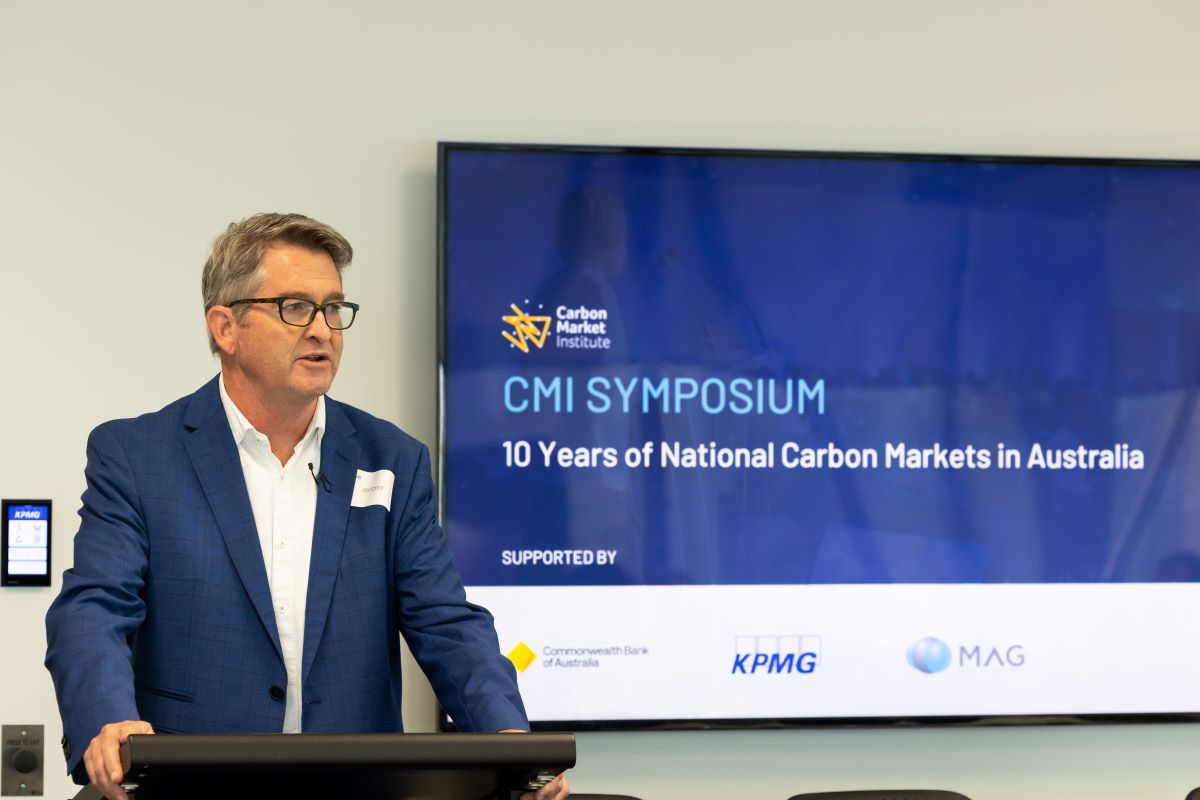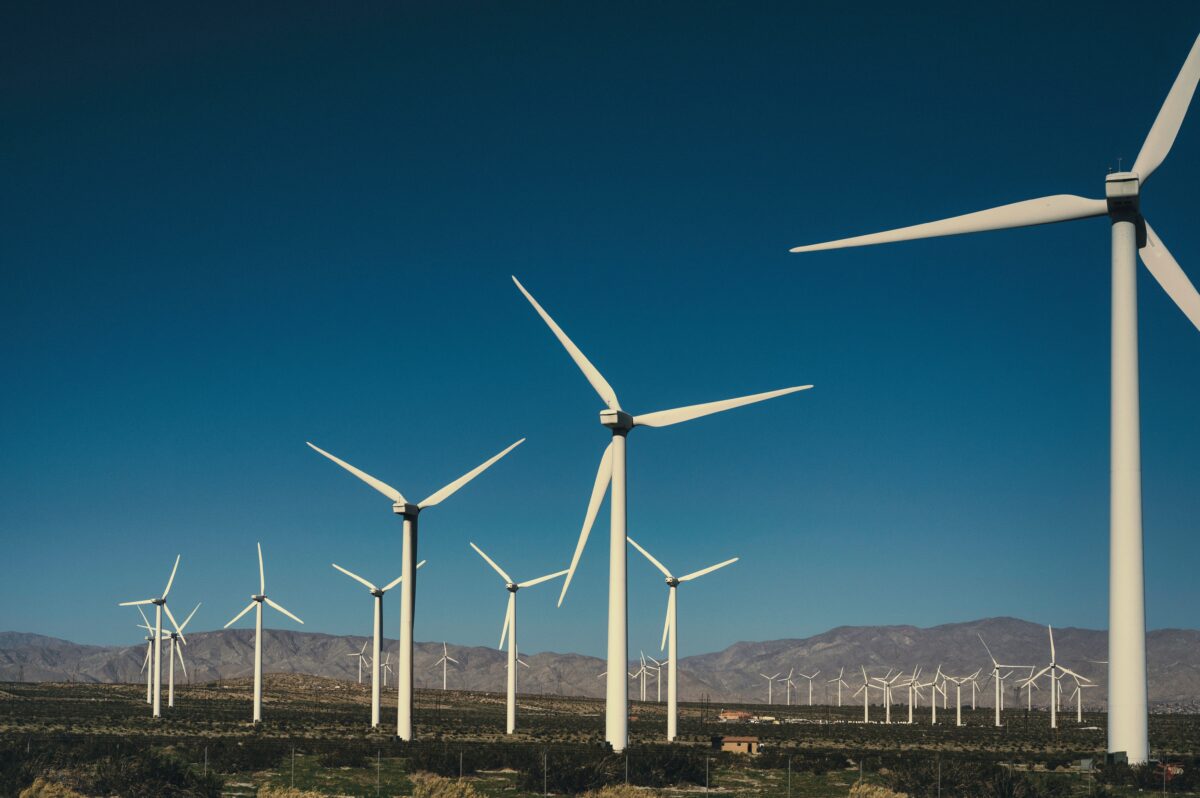John Connor, CEO, Carbon Market Institute
Climate literacy has come a long way in the last decade, travelling through four broad phases.
Firstly, there was the politically charged debate about the reality of climate science, with some questioning the clear link between increasing levels of greenhouse gases, and rising global temperatures.
Once the science became clear to all (or nearly all), the second phase was about the extent of the response required. “We need to build low carbon economies” became the catchcry – a phrase with so much wriggle room even Clive Palmer could get through.
In this phase, we eventually realised that clear, collective end-goals were required that stopped adding heat-trapping greenhouse gases to the atmosphere, at least in net terms. Net-zero emissions became the destination, crystallised in the Paris Agreement and finally achieving Australian bi-partisan status in 2021.
We are now working through a third phase, in which we are defining the practical and physical implications of net zero commitments.
It’s fine to have net zero as a target but by when, with what means and what about the trajectory and medium term targets? What about carbon budgets? What about your real capital expenditure, your on-site emissions, and what you disclose to consumers, shareholders, investors and the broader community through your advocacy?
And importantly in the current context, what impact do your investments have on Indigenous rights and interests stretching back 60 000 years and more?
Unfortunately however, there is a conflation issue stifling progress on both literacy and investment in this third phase.
Yes, we’ve made significant strides on an international and domestic level in recognising the challenge ahead and building the policy frameworks that can guide this investment. But harnessing the estimated $9 trillion in global capital required by 2050 still remains a challenge.
Addressing this challenge is not helped by confusion around the role that market mechanisms and carbon credits can play in channelling finance and accelerating climate action.
In particular, we are seeing the conflation of concern about inadequate decarbonisation strategies, such as those that aren’t prioritising on-site decarbonisation or have a clear over-reliance on credits, with the necessary work to improve carbon crediting frameworks. We need to inflate our expectation of both.
There is understandable desperation to get major-emitting countries and companies to invest in Paris-aligned emissions reduction trajectories, as well as efforts to expose those who greenwash to say one thing but act or invest otherwise.
Let’s remember that we are attempting to pivot the entire global economy very rapidly, pushing at the boundaries of what is technically, economically, and politically possible.
Rapid decarbonisation requires instruments that maximise the incentive for ambition, and tools like carbon credits help clarify for organisations the potential financial cost of their emissions, and the consequential financial savings of reducing them.
Carbon credits recognise activities that reduce emissions or remove greenhouse gases from the atmosphere, and they need to be transparent, credible and sustainable. Efforts to drive greater integrity in carbon crediting mechanisms should be welcomed, but the mechanisms are not the enemy, as some have characterised.
Carbon credits can smooth the bumpy ride of organisational decarbonisation and lower costs, allowing companies to pay for abatement action elsewhere by investing in climate action in other sectors, which supplements what’s possible-in-house.
They are an important tool that can help guide investments in renewables and phasing out unabated fossil fuels, and that can also play an important role in “halting and reversing deforestation and degradation and improving agricultural practices,” which the IPCC notes has the greatest mitigation potential alongside renewables.
The UNFCCC’s recently released technical report for its upcoming global stocktake at COP28 in December showed that while the Paris Agreement has driven climate action, we are failing key tests for achieving its climate goals, and are on course to miss the reductions needed to limit warming this century to 1.5C by over 20 billion tonnes of greenhouse gases in 2030 alone.
If COP28 is to have any credibility, all countries will need to agree on a corrective course for international action, and all countries will need to do more to boost ambition and investment for 2030 and 2035 targets.
This is important as the contours of the fourth climate literacy phase – a phase of challenge and opportunity – are starting to emerge.
Escalating and compounding climate crises, illustrated by back-to-back bushfires and floods, reinforce how dangerous current greenhouse gas levels are, and highlight the need to build negative emission economies to repair climate stability.
Encouragingly, we are finally beginning to grapple with the economic costs of this environmental degradation, with business being called on to internalise environmental costs with new accounting standards and disclosure requirements.
There’s no doubt our climate and conflation challenges aren’t just confined to our shores, with confusion on decarbonisation strategies and carbon crediting frameworks mirrored elsewhere around the world. However, if we are serious about reaching a negative-emissions, nature-positive world, we must overcome this and make maximum use of all the tools available to us.



